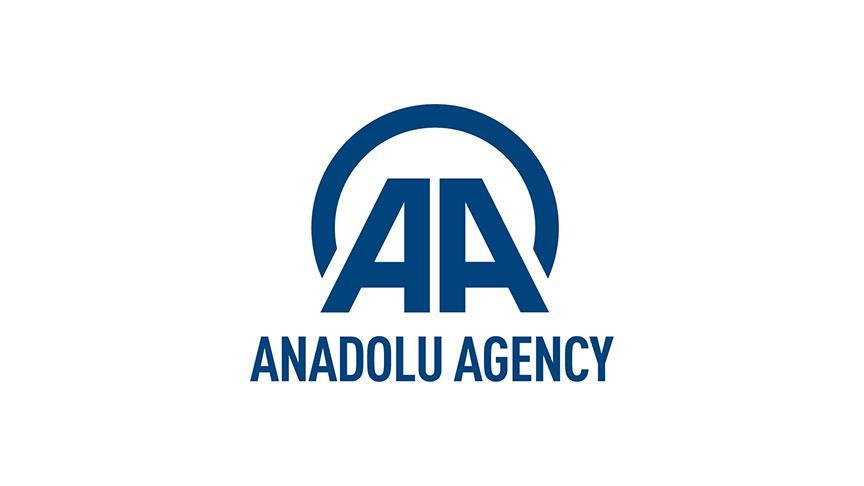- The Writer holds an MSc from Creighton University and is a Ph.D. candidate in the Turkish National Police Academy
The Brent oil price is on course to remain over $48 and set to reach over $50 through big drops in U.S oil inventories combined with the easing of the U.S. dollar index. However, sharp rises in U.S. oil production would either limit or result in declines in oil prices.
Oil markets last week will be reviewed based on the U.S. dollar index, weekly American Petroleum Institute (API) and Energy Information Administration (EIA) crude oil inventories, weekly EIA field production of crude oil in the U.S. and the weekly U.S. Baker Hughes rig count.
Brent oil price began the week with a minimal rise to $46.88 through a slight decrease in the U.S. dollar index, despite a seven-count rise in the U.S. Baker Hughes rig count from the previous week. Furthermore, it surged to $47.52 through a decline in U.S. dollar index and a weekly decrease of 8.13 million barrels in U.S. oil inventories as reported in the weekly API report on Tuesday.
On Wednesday, it continued its ascent to $47.74 through a decrease of 7.56 million barrels in U.S. oil inventories as reported by the Energy Information Administration’s (EIA) weekly report. This price increase was despite the boost in U.S. crude oil production of around 60,000 barrels per day to 9.397 million barrels per day for the week ending July 7 as reported by the U.S.’ weekly EIA crude oil production and the slight rise in the U.S. dollar index.
Moreover, it continued up to $48.42 and settled at $49.05 at the end of the week through a sharp decline in the U.S. dollar index and with only a two-count rise in the weekly U.S. rig count outlined in Baker Hughes data.
In brief, oil price reached $49 mainly through declines in U.S. oil stockpiles and the weaker U.S. dollar.
OPEC released its Monthly Oil Market Report last Wednesday, July 12. According to the report, although global oil demand is expected to grow by 1.26 million barrels per day in 2018, non-OPEC oil supply is anticipated to rise by 1.14 million barrels per day for the same year. The U.S., Brazil, Canada, Russia, Kazakhstan, Congo and the U.K. are destined to be the main drivers of growth, even though declines are expected in Mexico, China, Colombia and Azerbaijan. Bearing in mind that OPEC’s report forecasts that the rise in non-OPEC production alone is projected to meet almost global oil demand in 2018, therefore, it is likely that OPEC and non-OPEC would extend the existing agreement beyond March 2018. In addition, it is possible that the pledged cut of 1.8 million barrels per day could increase up to the 2018 deadline.
The U.S. dollar index is continuing to weaken due to poor inflation data, political disputes in the U.S. but also because of the European Central Bank’s (ECB) normalization policy. The ECB is pursuing a normalization policy to return the financial and economic climate in Europe to levels seen before the global economic crisis in 2008, similar to what the U.S. Fed has been undertaking for the last three years. As a result, the Euro is expected to increase and therefore, halt rises in the U.S. dollar index.
Oil markets will persist to closely watch changes in U.S. oil production and U.S. oil inventories under a relatively weak U.S dollar. Rises in the Brent oil price to over $50 may be seen if strong declines in U.S. oil production and U.S. oil inventories occur. If not, declines towards $46 are likely.
- Opinions expressed in this piece are the author’s own and do not necessarily reflect Anadolu Agency's editorial policy.


